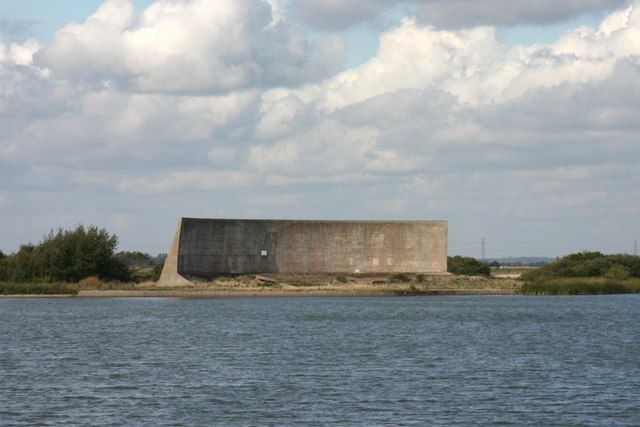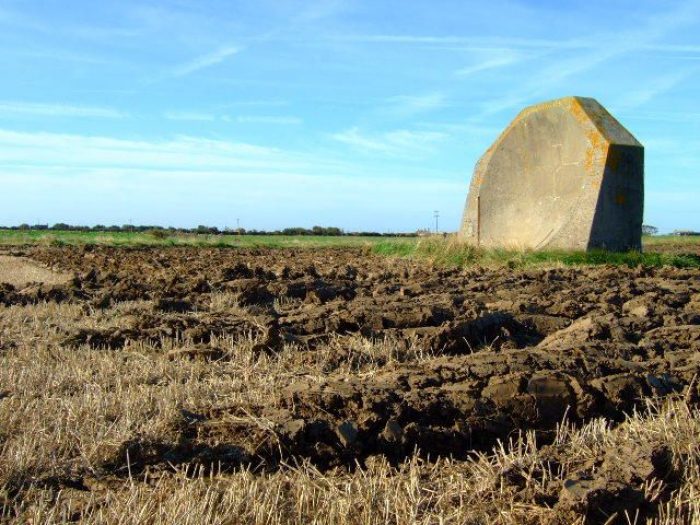Have you ever wondered if there was a way to detect aircraft before the invention of the radar system in 1935? Well, yes there was, actually, a system known as ‘acoustic mirrors’ which the British started to use 20 years before that. The system was developed by William Sansome Tucker, a pioneer in acoustical research, and it used to detect the enemy’s aircraft, like German Zeppelins, by the sound of their engines. The sound-based system could save the British from the enemy raids as it could detect their sounds 15 miles away which gave the British enough time to prepare for the defense.
The ‘acoustic mirrors’ were massive and concave in form, with hot-wire microphones attached at their focal point. They were capable of giving a 15-minute early warning of the enemy attacks. Some of the most complicated acoustic mirrors could detect the aircraft 25 miles away which gave, even more, time for preparations.

Denge (Greatstone-on-Sea, Kent, Great Britain). Image Courtesy of Hywel Williams (licensed under CC)
Many of these century-old detection devices can still be found on the coastlines of Britain, like in Sunderland, Seaham, Redcar, Hartlepool, Dover, Romney, and the Dungeness peninsula, whose acoustic mirrors remain to be in a very fine condition up to this day. The three acoustic mirrors of Dungeness can be found in the Royal Air force site nearby. One of them is a 70-meter curved wall, and the other two are dish-shaped with a 5-meter diameter. These mirrors were probably built between the 1920s and 1930s.

Near Folkestone, Great Britain. Image Courtesy of Flickr User “GanMed64” (licensed under CC BY-SA 2.0)
The age of the acoustic mirrors came to an end when the aircraft technology countered them by high-performance engines that did not make a sufficiently audible sound. That was about the time when the Scottish physicist Sir Robert Watson-Watt invented the actual Radar system. The system was introduced in 1935, and it used pulsed radio waves to detect the aircraft from 100 miles away. The invention was quite a leap back in the time, and it played a major role in the victory of Britain and the allied forces in World War II, which earned the Scottish inventor his knighthood in 1942.









